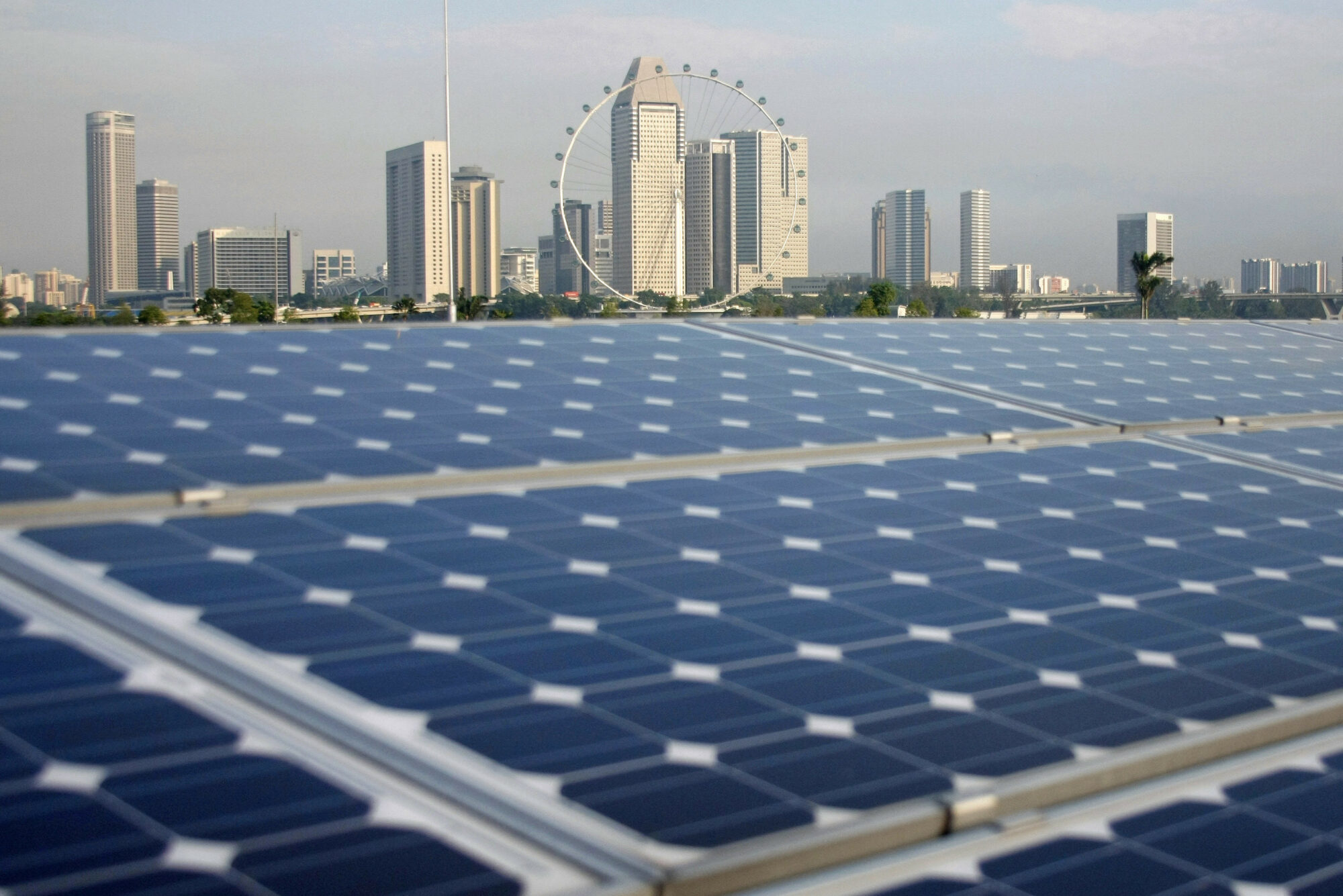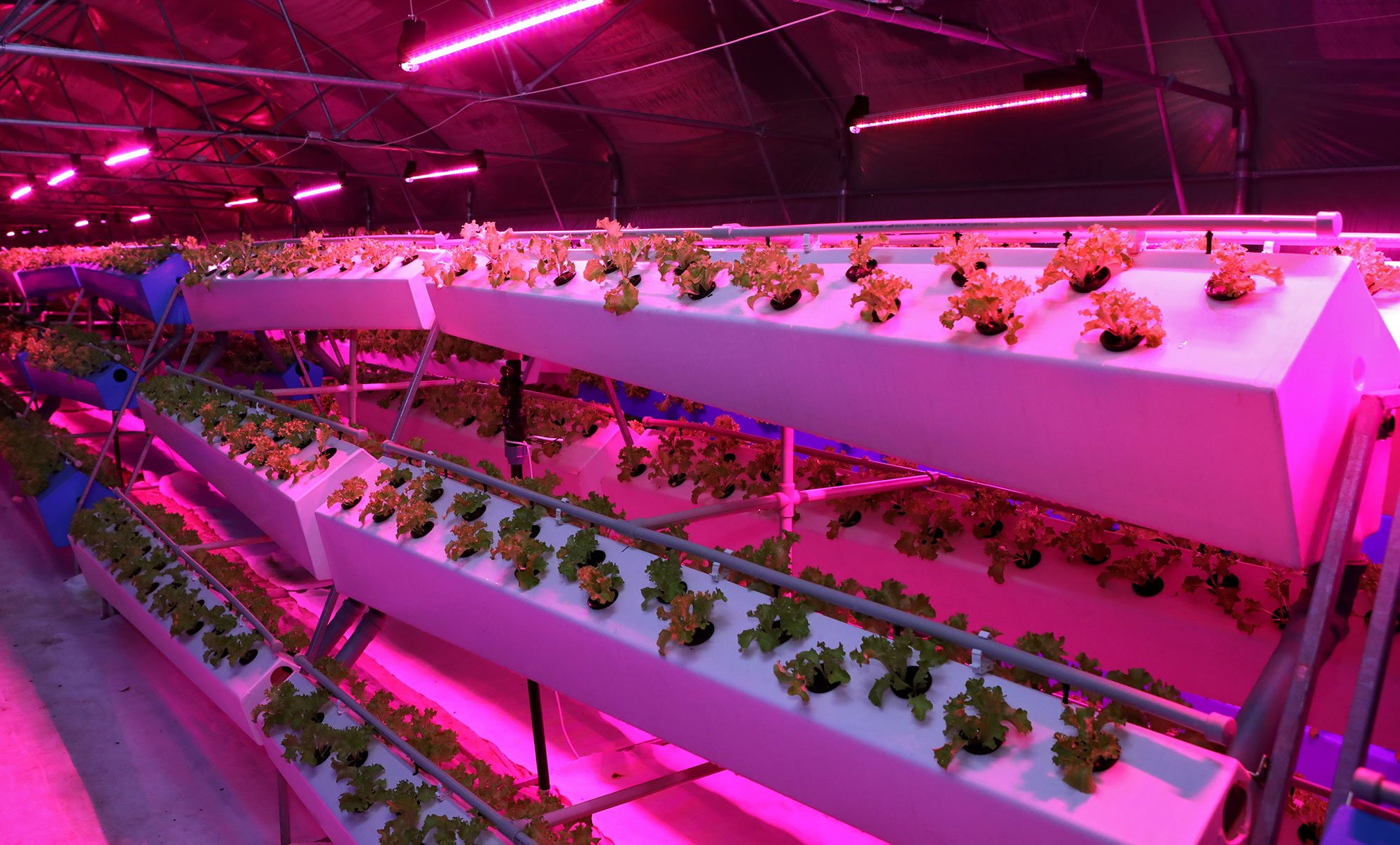“Harmonized metrics will enable aggregating results and comparing impacts across companies and sectors. This will be especially useful in tracking progress in adaptation, where diverse metrics have hampered comparability in the past.” – Lini Wollenberg, Ph.D. [Flagship Leader, Low Emissions Development, CGIAR Research Program on Climate Change, Agriculture and Food Security (CCAFS)]

2. Climate Smart Cities are the Future
“Cities are responsible for 70% of global greenhouse gas emissions, according to a new report from the United Nations Development Programme (UNDP). And they are highly exposed to many of the impacts of the climate change they contribute to, in particular heat stress, flooding and health emergencies. Making cities more resilient, sustainable, inclusive and safe is one of the United Nations’ Sustainable Development Goals (SDG 11), requiring sustained investment” (World Economic Forum).

